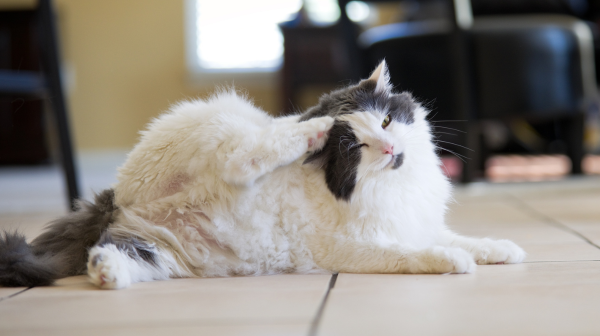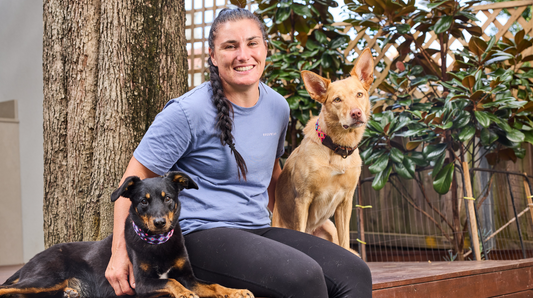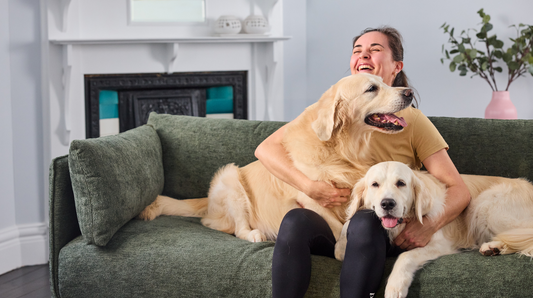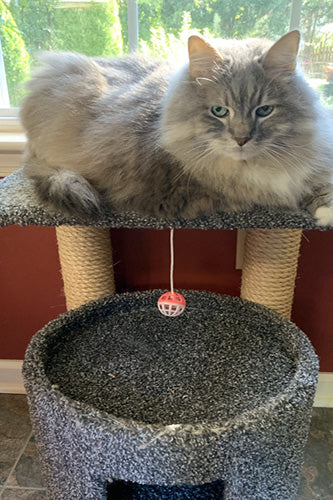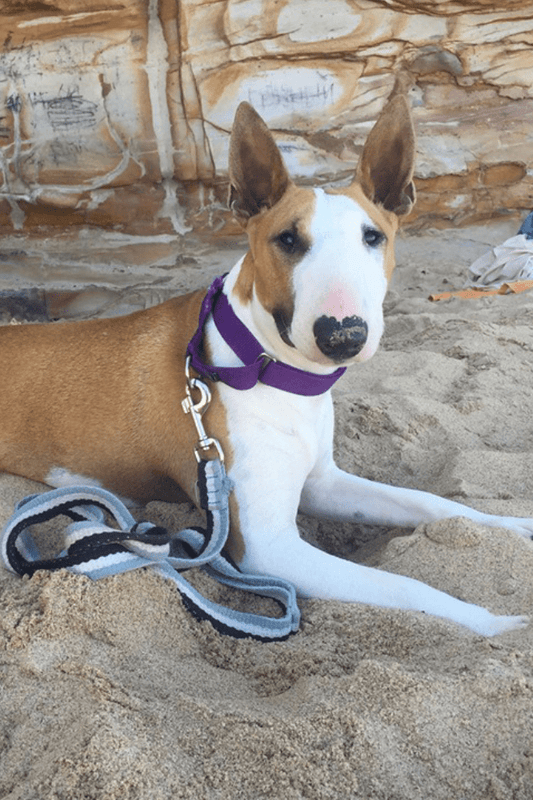Cats are great at indulging in a little self-care and pampering. They’ll spend up to 50% of their waking hours grooming themselves, so you’d expect them to look their best at all times.
Despite all the grooming, your cat’s coat is actually a reflection of its internal health. If it is dull, dry, or sheds excessively, it can be an indicator of an underlying problem.
So, what causes your cat’s coat to look so shabby, and what can you do to help them?
Dullness: The Loss of Luster
A healthy cat's coat should be shiny and vibrant. However, dullness can occur for various reasons:
Poor Diet
Your cat should be on a nutritionally complete diet. Deficiencies, particularly in essential fatty acids can mean their skin and coat lack the nutrients they need—resulting in a lacklustre, dull coat. This is particularly obvious in black cats, who can even turn brown if their diet lacks tyrosine.
Dehydration
Is your cat drinking enough? Dehydration will cause the fur to look dull, as the skin needs hydration to grow a healthy coat. Try offering them water from a cat water fountain or leaving a full glass on a high windowsill or table to encourage them to drink. They don’t like drinking from bowls next to their food or against a wall, as they feel vulnerable.
Environmental factors
Exposure to harsh weather, chemicals or pollutants can strip the coat of its natural oils. Do you have the air heating on? Does your cat laze in front of the vents? This could also be drying them out.
Health Concerns
Underlying health problems such as kidney disease, thyroid issues, or infections can affect coat quality. As can parasites, so regularly check your cat for fleas.
Dryness: A dry coat and flaky skin
A dry coat is often related to skin health, as dry flaky skin results in an unhealthy coat. But what causes your cat’s fur to be dry and brittle?
Inadequate Nutrition
Yep, we’ll keep coming back to this. Without a healthy skin barrier, your cat can’t grow a luscious, silky coat, and a lack of essential fatty acids can result in dry, brittle fur.
Low Humidity
If you live in a hot and dry part of the country, you might struggle with your cat’s coat health. Throw heating or air conditioning in there, and you’ve got even more potential for dry skin and a dull coat.
Allergies
If your cat has sensitive skin or is allergic to something, it can cause skin and coat dryness. But it can also result in itchy, inflamed skin and may even mean their fur falls out or they over-groom. Always seek advice from your vet if you think your cat has allergies.
Bathing
Bathing cats isn’t a common practice, but some owners do like to give their cat a pamper. (I’d be taking my life in my hands if I tried this with mine!) But frequent bathing or the use of lots of shampoos or coat sprays can strip the fur of its natural oils and result in a dry coat that’s missing all the shine you were hoping a bath would deliver.
Excessive Shedding: When There’s More Hair On Your Clothes Than Your Cat
Shedding is totally natural for cats, however, excessive shedding can be a sign of a problem. But what causes excessive shedding?
Seasonal Changes
This is perfectly normal for cats, they’ll shed more as the seasons change. However, if your cat experiences a sudden change in climate (perhaps if you move house) you might find they shed excessively. If you move to a much warmer climate, don’t be tempted to cut their coat though, as this can cause more severe skin concerns.
Stress
Cats are sensitive souls, and environmental or emotional stress can cause them to shed more, even to the point of alopecia. They may also overgroom themselves. So, maintaining a calm environment will not only mean a happier cat but a better coat too!
Poor Nutrition
Yup, this one again. Poor nutrition = increased shedding! Best to make sure your cat is getting everything they need.
Health Conditions
Skin infections, hormonal imbalances, parasites, and a variety of other health conditions can cause fur loss. If you are worried, always consult your vet.
How can you keep your cat’s coat healthy and super shiny?
So, there are a lot of things to consider if you think you cat’s coat is looking a little on the scruffy side, but what can you do to help them? How can you keep their coat in tip-top, super-shiny condition?
Regular Grooming
Keep their coat looking gorgeous with a regular brush. It helps to remove shed fur and improves skin circulation, boosting coat health.
The Right Diet
Nutrition plays a vital role in skin and coat health, particularly the fatty acid levels in the diet. Make sure your cat is eating high-quality food, and if you’re not sure, speak to your vet for support.
Reduce Stress
Stress will show in your cat’s coat, but there are plenty of things you can do to support them. Here are just a few…
- Introduce new things gradually,
- Try a plug-in calming pheromone diffuser,
- Ensure they have at least one more litter tray, and food and water bowl than the number of cats in the house,
- Feed multiple cats separately,
- Give them a cosy snooze spot in a high place.
Keep them Hydrated
Cats often don’t drink enough, especially if they don’t go outside. So try to make drinking more natural for them with a cat water fountain. Or offer them water in a high-up place like a windowsill.
Regular Vet Checks
Skin and coat conditions can be a sign of other underlying problems, so if you ever have any concerns, always consult your vet for support.
Give them a clinically proven supplement that supports skin and coat health
The skin and coat need specific fatty acids to function at their best, and Antinol Plus is packed full of a potent marine oil extract that supports your cat’s skin and coat health in various ways.
It maintains the skin barrier, nourishing the skin to ensure it is strong and protected from outside elements. It is a powerful anti-inflammatory, soothing sore, irritated skin. It nourishes hair follicles for a healthy, shiny coat while also reducing shedding by keeping both skin and coat in optimal condition. For more hair on your cat and less on your floor!

